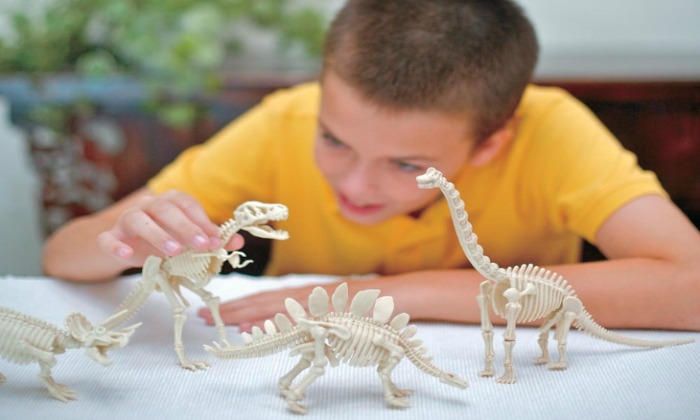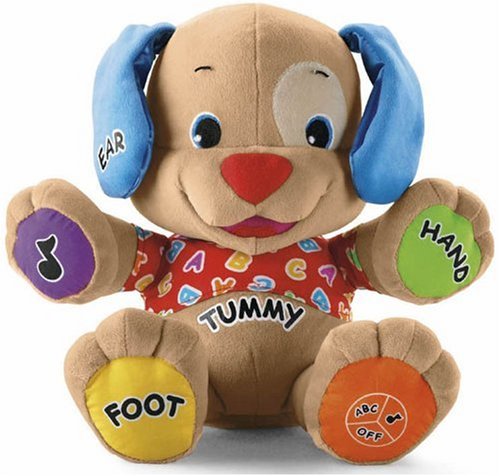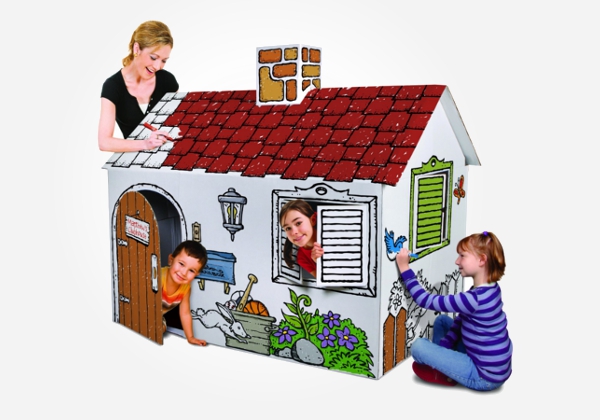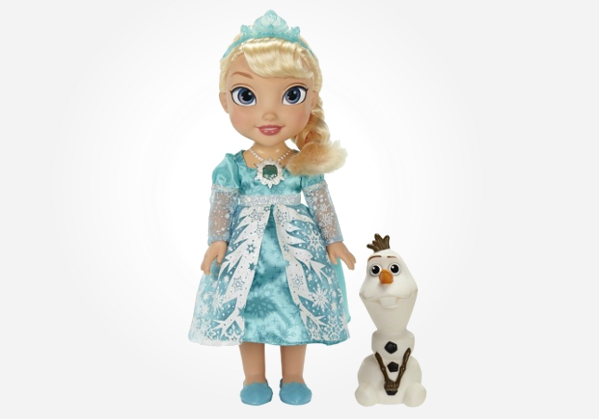Building Blocks for Toddlers and Babies: The Things Kids Learn Through Block Play
There’s a reason why educators, paediatricians and allied medical professionals highly recommend building blocks for toddlers and babies.
Apart from the fact that building blocks hold tons of visual appeal for little ones, they also support your child’s learning and development during their formative years.
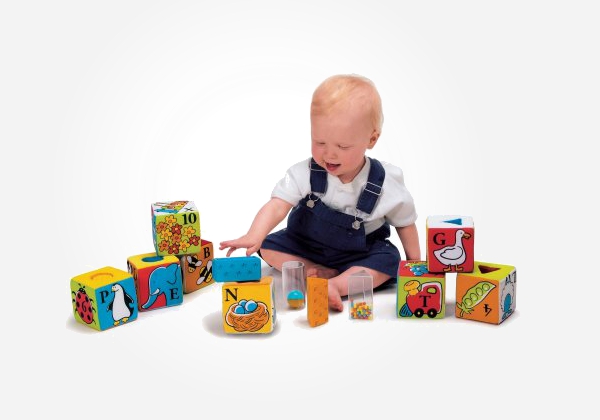
Babies just love exploring the world by reaching forward and touching anything that comes into their path. Their tiny hands grasp at objects, bang them together, drop and place them into their mouths as they try to figure out the purpose of the funny ‘play thingy’ before them.
Building blocks for toddlers are perfect for this sort of activity; they’re safe, durable and can be just about anything your child wants them to be.
Types of Building Blocks
Building blocks come in many different, shapes, colors and textures, making them great toys for kids of different ages.
You’ve got uber child friendly soft blocks and foam bricks which are great for newborn babies.
Then there’s a broad selection of smooth surfaced wooden ABC blocks, plastic blocks, building blocks that teach math and cardboard building blocks which tend to be more suitable for older babies and toddlers.
Finally you’ve got block sets that ‘click’ together, such as Duplo and LEGO sets.
These physically resemble bricks rather than blocks, but the purpose of them is exactly the same. A child’s success with these types of blocks or bricks really depends on their level of dexterity, but usually the ideal age would be 1.5 years and up for the Duplo (large Duplo bricks) and 3 and up for LEGO (dependent on brick size).
Building Blocks for Toddlers and Babies: What They Learn Through Block Play
Cognitive Development
Playing with building blocks takes a lot of brain power. Firstly your child needs to think about what it is they’re building and secondly how they are going to build it.
They’ll learn all about cause and effect in the process. For example, if they build a tower but don’t place the bricks correctly, the tower will topple over.
So, unless it’s their intention to build a tower that falls, they’ll need to formulate a ‘plan’ to prevent that from happening again.
This plan could be anything from laying the bricks down straight, to restricting the use of larger bricks at the bottom of the tower, to building a smaller structure.
Either way, they’ll begin to develop valuable skills in problem solving, spatial awareness, logical thinking and reasoning. These little gems all contribute to a child’s understanding of basic math concepts.
Physical Development
Block play is great for developing fine motor skills and hand-eye coordination. As your child progresses with block play you’ll notice that it becomes easier for them to pick up the bricks. Your child’s motion and overall dexterity will become steadier over time.
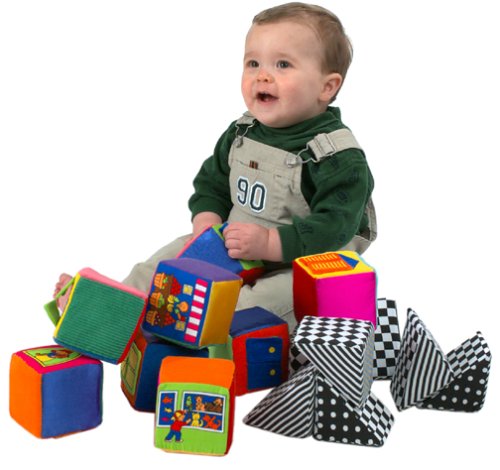
Social and Emotional Development
Of course, a child can play with blocks all by their lonesome, but the addition of another child or adult can really give their social skill development a huge boost.
Instead of working on solitary goals, they’ll have to devise team goals and figure out a way of cooperating with others to share building tasks. This encourages team work, social interaction, communication, goal setting and planning, which in turn builds social confidence and improves language skills.
Creative Development
In a child’s mind, that stack of blocks they’ve just built up isn’t a stack of blocks. It’s magical tower, or a castle fit for a princess or a parking lot to house all their cars… you get the picture.
There’s a high level of creativity and imagination that goes hand in hand with block play.
More often than not a young child will introduce their other toys such as dolls or cars to the structure they’ve just built. They’re acting out the world around them, developing their communication skills and finding creative answers to solve real life problems.
It’s really a joy to watch a child playing imaginatively!
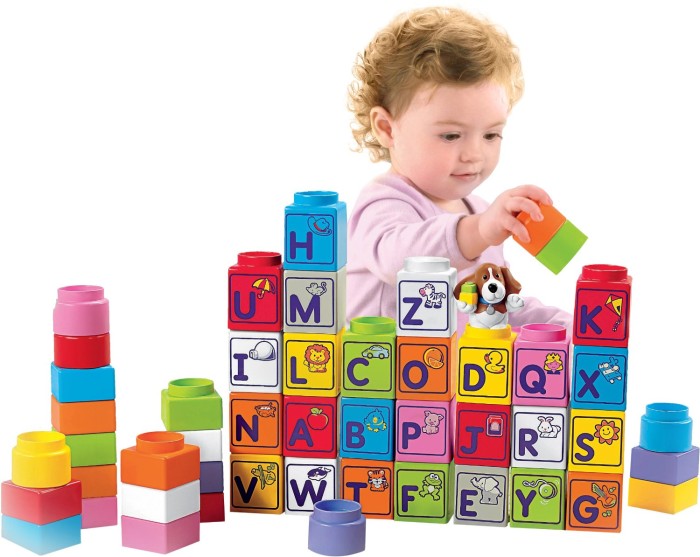
What Activities Can You Play with Building Blocks for Toddlers?
There are so many fun and highly educational activities to be enjoyed when playing with building blocks for toddlers and babies.
You can count them, categorize them by color and shape, sort them, stack them as well as create building structures with them. Some blocks are decorated with pictures of animals or the letters of the alphabet. These can be arranged in a way that children learn basic words; a fun way of encouraging children to read and develop skills in spelling.
As a parent or caregiver you may want to work alongside your child as they play with their blocks. By talking to them and asking them questions about the structure(s) they’re building, you’ll gently encourage them to critically analyze the objects they’re building.
A simple question such as ‘What do you think will happen if you put the larger blocks on the smaller ones?’ will get them thinking about the consequences of their actions when it comes to building. It’s a great way to get insight into their reasoning and a fun way for you to help further your child’s development.
As you can see, building blocks for toddlers really do offer a huge amount of educational value on multiple levels.
